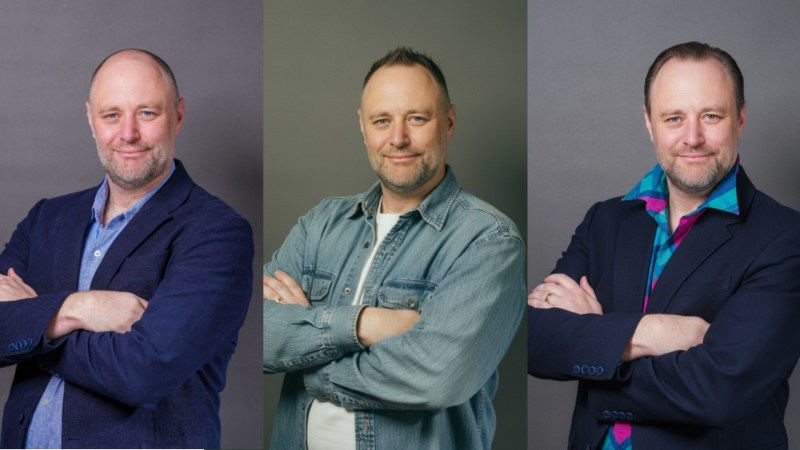Nano Banana: The AI that’s ripe for image editing
In this “how to” on Google’s new Flash Image model, AI training consultant and former Microsoft product manager Shaun Davies takes us through a tool that guarantees character consistency in image generation: “Nano Banana is shaping up to be useful and, most importantly, predictable.”
Two weeks ago, a mysterious model called “Nano Banana” started generating a buzz on LMArena, a blind-testing platform where anonymous AI models are pitted against each other. Users on Reddit forums dedicated to AI imagery were frothing over its capabilities, particularly for tasks involving image editing.

Different flavours of Shaun Davies (Gemini)
The smart money was on a stealth project from Google, and these rumours turned out to be true. “Nano Banana” was officially unveiled last week as Google’s Gemini 2.5 Flash Image model, and it’s now widely available in Gemini and Google AI Studio. While it’s early days, this feels like a significant model update of great interest to marketers, creatives and anyone who’s struggled with getting consistent and usable image outputs from AI.
What is Nano Banana?
The primary claim of Google’s new top banana is that it solves one of generative AI’s most persistent problems: image consistency.

